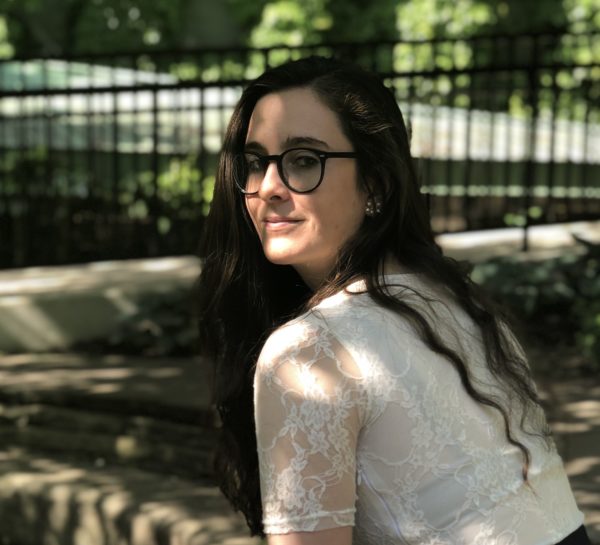
 What is your position or role in the DESI project?
What is your position or role in the DESI project?
I am currently a third year graduate student at Stanford leading analysis on the DESI LOWZ Secondary Target Survey.
Where were you born? Where do you live now?
I was raised in Marin County in California and am currently living in Palo Alto.
What do you do as part of DESI?
I mainly work on analysis for the LOWZ survey. I am interested in understanding the properties and histories of nearby low redshift dwarf galaxies. I have worked on the survey since its conception, through the process of target selection, and am now heading the analysis of the SV3 and early main survey data. I am interested in how nearby dwarf galaxies can help us understand the formation histories of dwarf galaxies within the Milky Way.
What is the most interesting or exciting thing about your job?
I enjoy the problem solving aspect of computational astrophysics. I like the process of going from a project’s conception to understanding how to efficiently implement the analysis in code. I also like the intimacy of low redshift analysis where I can come to know the objects I work with as individuals. Lastly, I have always deeply valued the social aspects of science. Getting to collaborate and just hang out with my colleagues at all career stages is always a daily highpoint.
Any advice for an aspiring scientist?
Have fun! As a scientist, it is easy to get caught up in the stress about your performance, knowledge, or career advancement. While these aspects all matter, they can easily overshadow the reasons one gets in to science in the first place—a desire for knowledge and curiosity about the world. Remember to take time to reflect on how awesome the work you are doing is. Contributing to the project of human exploration is valuable, even if you are just an elementary school student working on your first science experiment. Don’t listen to anyone who tells you that you are not good enough, and strive to find people who remind you why you love science rather than make you feel like you don’t belong.
What do you do for fun?
For fun I enjoy cooking, writing, and drawing. I also love hanging out with close friends over good food and good wine surrounded by interesting conversations. I am an avid consumer of podcasts and leftist YouTube channels and love learning about topics outside of astrophysics from literature to history. I am currently supplementing my graduate school course load with an excellent course on Victorian poetry. Before COVID, I also enjoyed going out to see live theater in the Bay Area.